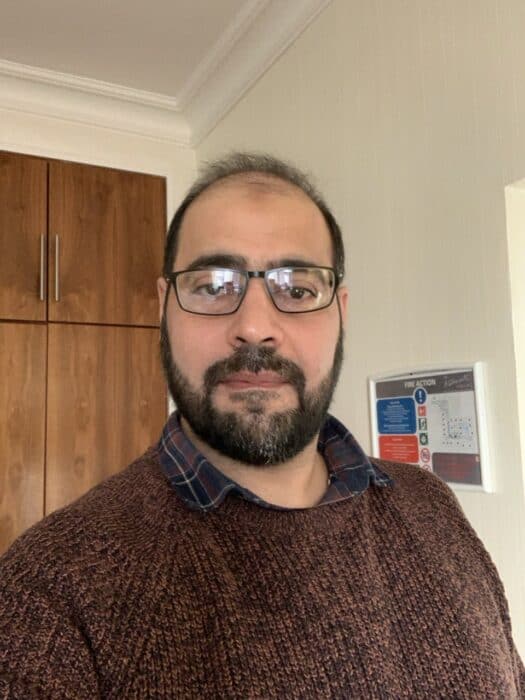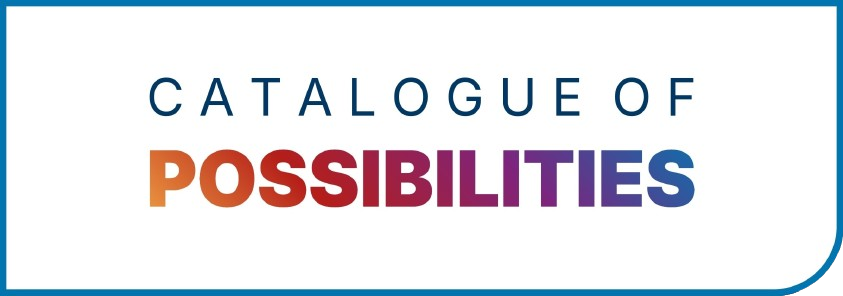Dr Qusay Raghib Ali Al-Taai he/him

Research Associate
Strategic Research Areas
My research focuses on fabricating quantum photonic devices, resonant tunneling diodes, terahertz imaging, and nanofabrication for advanced sensing systems. I am particularly passionate about pushing the limits of device performance in cryogenic environments and exploring applications ranging from biomedical imaging to neuromorphic computing.
In our group, we combine theory, simulation, fabrication, and experimental validation to develop novel optoelectronic and quantum-enhanced technologies. I’m keen to collaborate with researchers working in AI, biophysics, or materials science to explore synergies in next-generation sensing and communication systems. I also welcome cross-college collaborations, especially those involving life sciences and clinical translation of our devices.
For DiveIn, I envision interdisciplinary projects that explore low-power, high-sensitivity sensing platforms for health diagnostics or environmentally resilient quantum sensors. I’m particularly interested in supervising projects that challenge conventional device design through co-creation with students. My supervision style is inclusive, collaborative, and supportive—I see supervision as a two-way learning process where students are empowered to lead their research while receiving strong mentorship.
I’ve teached MSc students and supported PhD students and lab demonstrators, and I look forward to building my supervisory experience further through the CDT model. I am also active in mentoring early-career researchers from underrepresented backgrounds, and I strive to create a lab culture where everyone feels respected and valued.
Equity, diversity, and inclusion are central to my values—not only in recruitment and supervision, but in how I design research questions and interpret impact. My experience working with diverse, international teams has shown me the innovation that emerges when we embrace different perspectives.
Outside the lab, I enjoy hiking, reading history, and engaging in public science communication. I see my role as not just a scientist but a guide—supporting students in becoming researchers who are not only technically excellent, but socially conscious and confident leaders.

